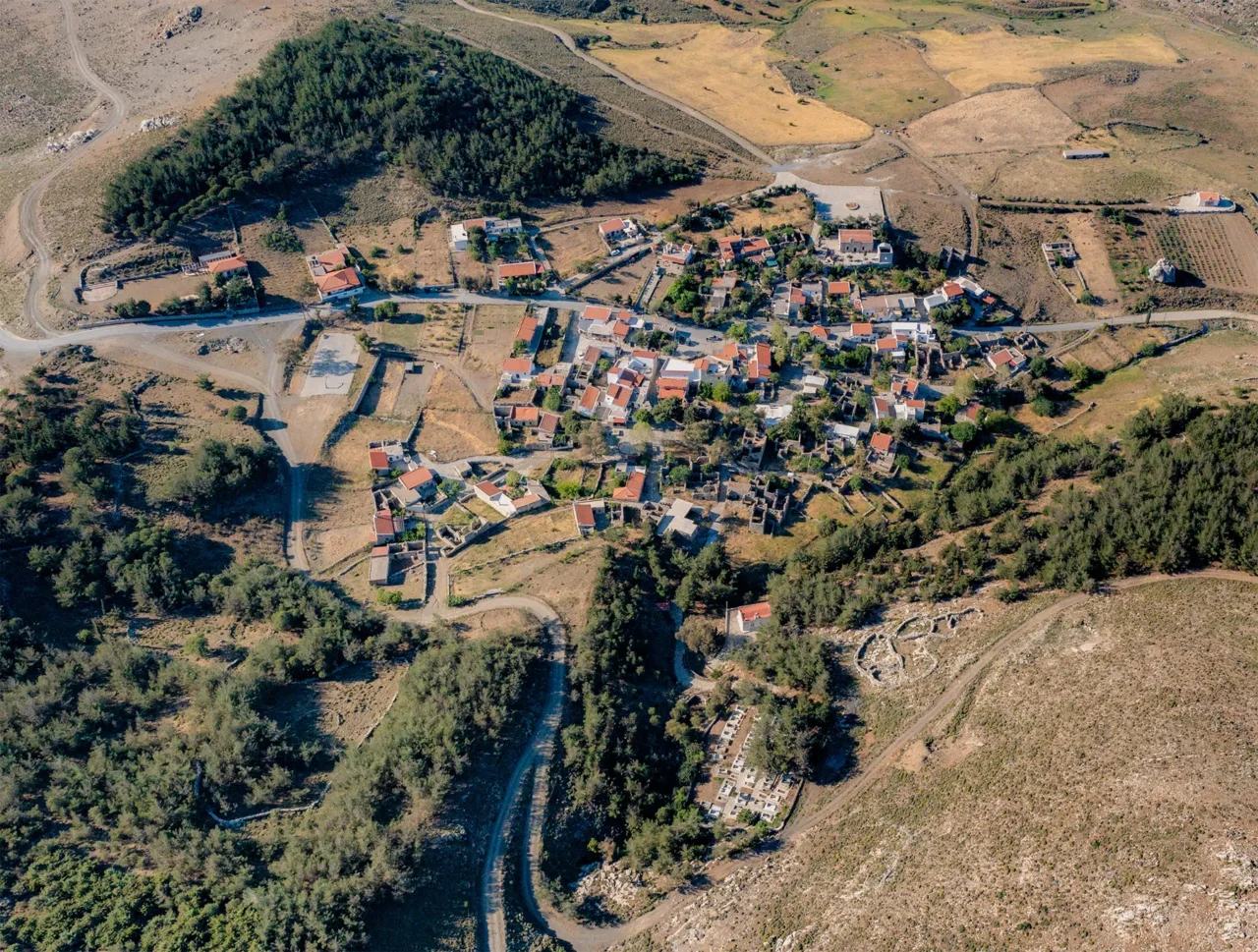
Ethia, also known as Itea or Itia, is a village and the historical seat of the eponymous community in the Archanes-Asterousia municipality, located in the Heraklion regional unit on the island of Crete, Greece. It previously belonged to the Monofatsi province. The name “Ethia” is derived from the Greek word “itia,” meaning willow tree. This suggests a possible connection to the local flora or a prominent willow tree that once existed in the area.
Historical References
Ethia’s historical narrative unfolds through various records and accounts. Its first documented appearance dates back to 1577, when it was mentioned by Barozzi as “Etea.” The Kastrofilakas (census) of 1583 further solidifies its presence, listing it as “Ettea” with a population of 46.
The Egyptian census of 1834 provides a glimpse into the village’s demographic makeup during the Ottoman period, revealing a mixed population of 10 Christian and 5 Turkish families. By 1881, the Christian population had grown to 127, suggesting a demographic shift or potential migration patterns. The village’s official recognition as a settlement came in 1925, marking a significant milestone in its administrative history.
Location
Perched at an elevation of 740 meters in the Asterousia Mountains, Ethia occupies a scenic and secluded location in the southern part of Crete. The village is nestled on the southwestern foothills of the Asfentilia peak, known for its telecommunication tower. Its position offers breathtaking views of the surrounding mountain ranges and valleys, creating a sense of isolation and tranquility.
Historical Significance
Ethia’s historical significance is rooted in its enduring presence through various periods of Cretan history. Its name, derived from the willow tree, suggests a connection to the natural environment and the potential importance of this tree in the village’s early days. The village’s mixed population during the Ottoman era reflects the complex cultural and religious landscape of Crete under foreign rule.
The presence of numerous churches and chapels, some dating back centuries, underscores the village’s deep-rooted religious traditions. The annual festival in honor of Prophet Elias, the patron saint of the village, serves as a testament to the enduring faith and community spirit of its inhabitants.
Population Data Over the Years
Starting with a population of 46 in 1583, the village experienced growth and diversification during the Ottoman period, with both Christian and Turkish families residing within its boundaries. The 1881 census recorded a Christian population of 127, suggesting a demographic shift or potential out-migration of the Turkish population.
The 2011 census revealed a significant decline, with the entire Ethia community, including the villages of Agia Anna and Rotasi, having a total population of only 19. Current estimates suggest a slight increase, with the community now numbering around 360 inhabitants, of which 19 reside in Ethia itself. This demographic reality underscores the challenges faced by many small villages in Greece, including depopulation and an aging population.
Year |
Population |
|---|---|
1583 |
46 |
1834 |
75 |
1881 |
127 |
2011 |
19 |
Current |
19 (360) |
Current Status
Today, Ethia stands as a testament to the resilience and determination of its inhabitants. The main economic activities in Ethia are livestock farming and agriculture. The villagers raise sheep and goats, producing meat, milk, and cheese. They also cultivate olives, grapes for raisins, and fodder plants.
Ethia’s well-preserved traditional architecture, coupled with its scenic beauty, has also attracted attention in recent years. Efforts to promote ecotourism and cultural preservation have led to the establishment of an information center for the Asterousia protected area and the restoration of historical buildings.
Ethia is known for its traditional Cretan architecture and its efforts to preserve its cultural heritage. The village’s annual festival in honor of Prophet Elias continues to draw visitors and serves as a reminder of the enduring traditions and community spirit that define Ethia
Village Key Points
- Historical References: The village is first mentioned in 1577 as “Etea” by Barozzi and in the Kastrofilakas (census) of 1583 as “Ettea” with 46 inhabitants. The Egyptian census of 1834 records it as “Ethia” with 10 Christian and 5 Turkish families. In 1881, the Christian population was 127.
- Location: Situated in the Asterousia Mountains at an altitude of 740 meters, on the southwestern foothills of the Asfentilia peak, in the Heraklion regional unit, Crete.
- Historical Significance: The village’s name is a phytonym, derived from the willow tree (“itia” in Greek). It has a history dating back to at least the 16th century and was once inhabited by both Christians and Turks.
- Current Status: Ethia is a small, traditional Cretan mountain village with a population primarily engaged in livestock farming and agriculture. It is known for its well-preserved architecture, scenic beauty, and cultural events.
Access
Ethia is 19.0 kilometers away from the town Arkalochori and 4.1 kilometers away from Pyrgos













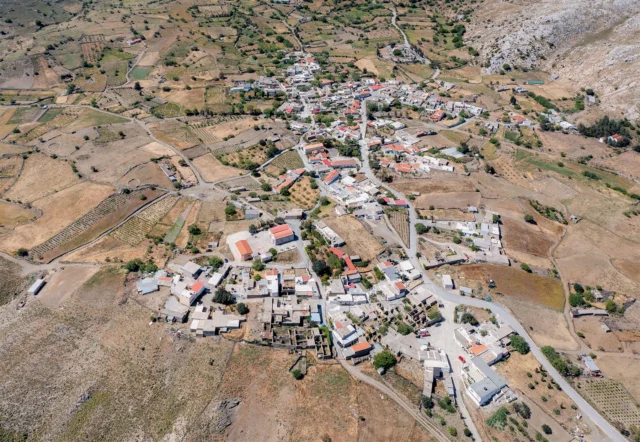



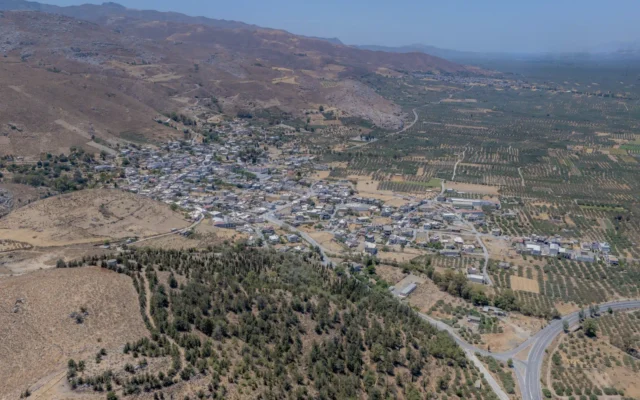

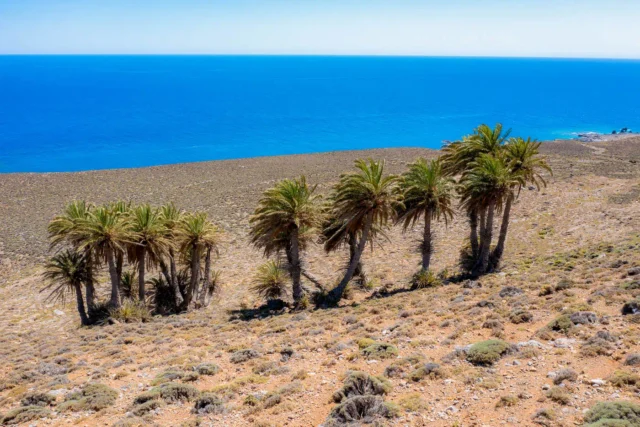

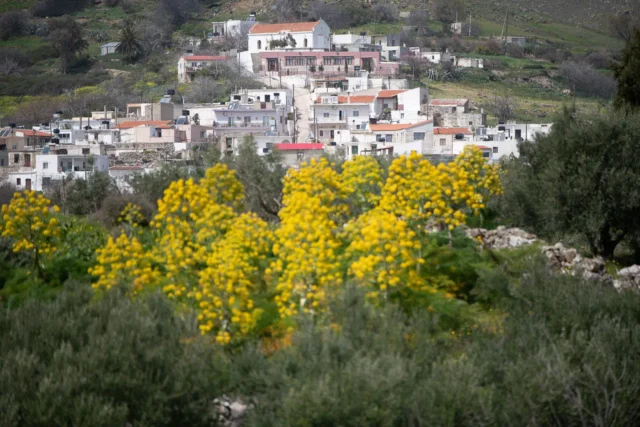

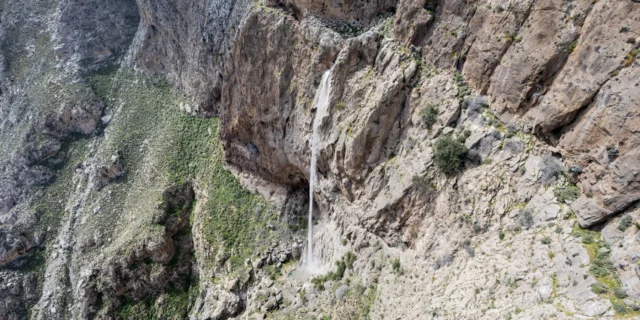
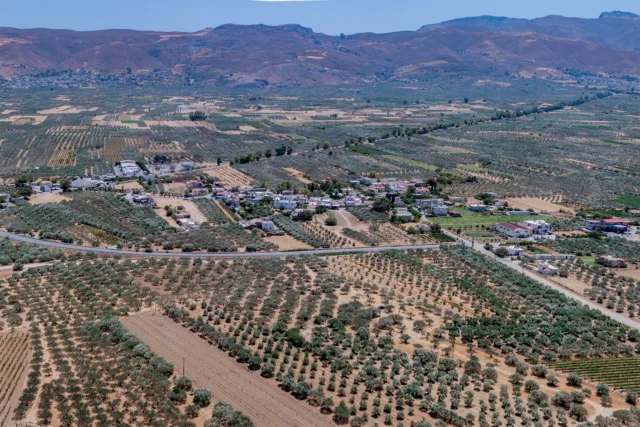
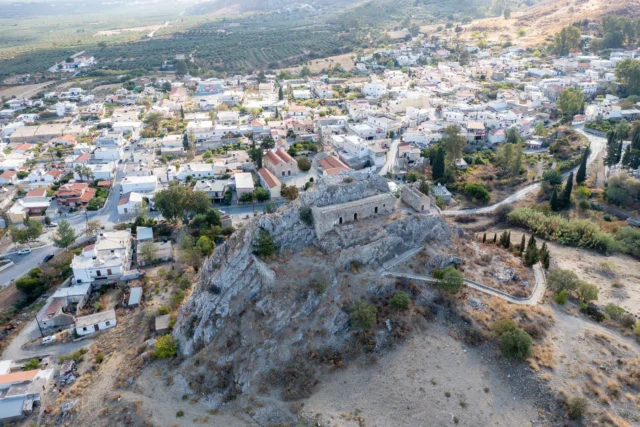
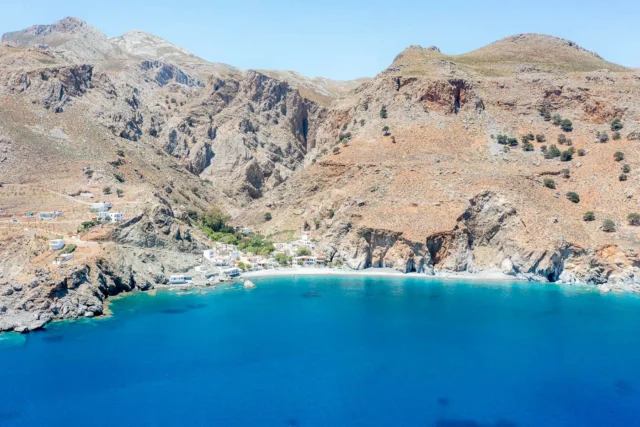

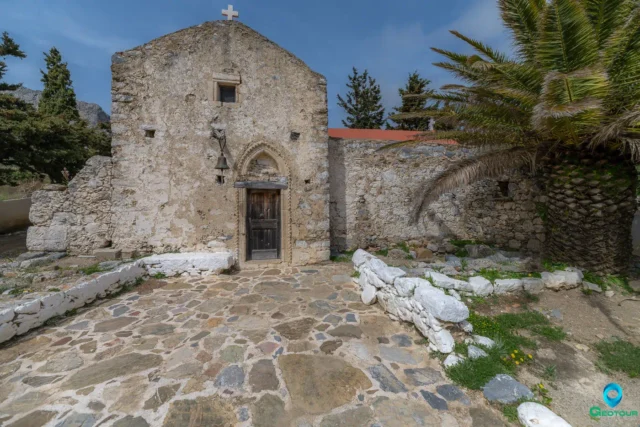
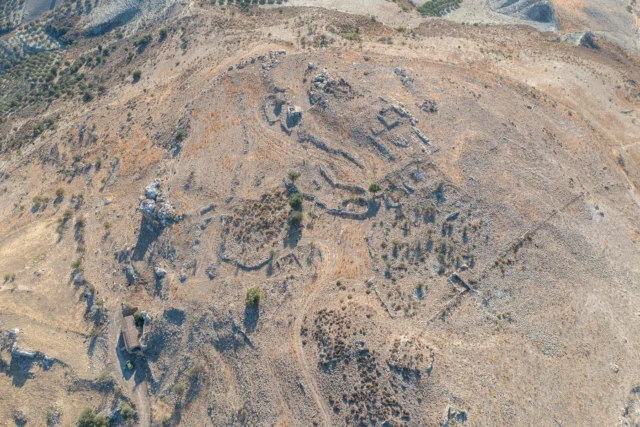

There are no comments yet.